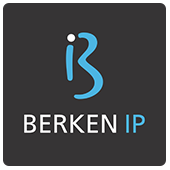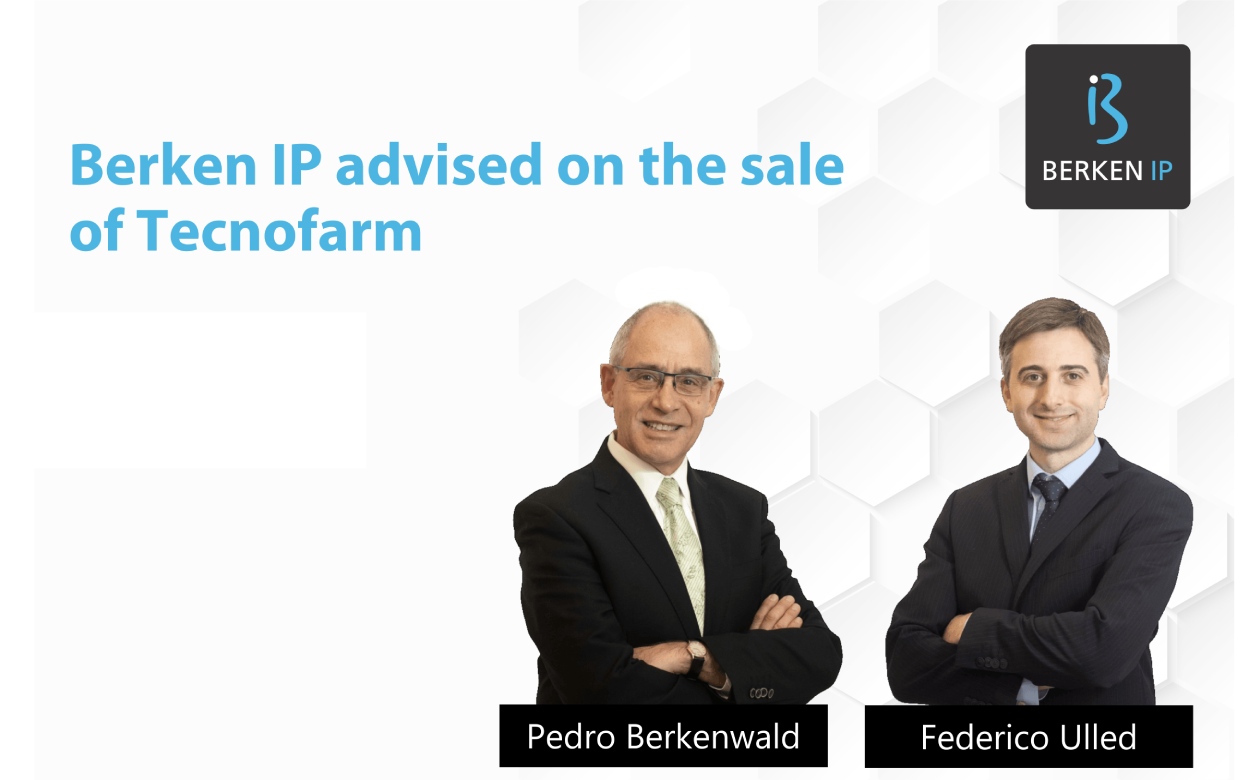
We advised the shareholders of Tecnofarm
We advised the shareholders of Tecnofarm S.R.L. (“Tecnofarm”) on the sale of the company to Laboratorios Calier.
Tecnofarm is an Argentine company with over 35 years of experience in the development and production of veterinary medicines.
Through this acquisition, Laboratorios Calier -based in Spain-, strengthens its presence in the Argentine veterinary market and aims to position the country as a strategic regional hub.
Legal advisors of the transaction:
Seller’s attorneys: Berken IP – Federico Ulled and Pedro Berkenwald (partners), and Tomás Brian Woodley (associate)
Buyer’s attorneys: Deloitte Legal – Eduardo Patricio Bonis (partner), and Sofía Vetrugno (associate)
In-house Counsel: Gloria Carmona López (Laboratorios Calier)

The Riyadh Treaty on Design Law: a step towards international simplification and harmonization
On November 22, 2024, in Riyadh (Saudi Arabia), member states of The World Intellectual Property Organization (WIPO) approved the Riyadh Treaty on Design Law. This new international instrument marks a major advancement in the field of intellectual property, as it establishes common rules that simplify design protection in countries that adopt the treaty, through procedures that are simpler, more dynamic and more accessible.
Unlike the Hague Agreement, the Riyadh Treaty does not establish an international registration system but instead harmonizes substantive and procedural rules that countries adopting the treaty must implement in their domestic legislation.
Although this treaty has not yet entered into force, since it requires at least 15 ratifications or adhesions, several countries have already signed it, including Uruguay and Paraguay, reflecting initial regional interest in the harmonization of this type of protection.
It is worth noting that the purpose of an industrial design is to protect the aesthetic or ornamental features of an industrial or handcrafted product. At an international level, the term industrial design encompasses two-dimensional creations as well as three-dimensional creations, while in Argentina a distinction is made between industrial designs (two-dimensional) and industrial models (three-dimensional). Accordingly, it must be understood that the Riyadh Treaty refers to both types of creations.
The main objective of the treaty is to make design protection more accessible, especially for entrepreneurs, independent designers, and small and medium-sized enterprises. To that end, it seeks to reduce bureaucratic barriers and harmonize the essential requirements that an application must meet in the different countries adopting the treaty.
Amongst the most relevant aspects of the Riyadh Treaty there is the definition of a maximum and standardized list of elements that must be filed with the application, with the aim of avoiding additional requirements that could complicate the procedure for applicants. Furthermore, the treaty accepts various forms of representation of the design, such as photographs, drawings, or any other visual representation accepted by the competent registration authority.
The treaty also allows the inclusion of multiple industrial designs within a single application, provided that certain conditions are met. This represents an advantage over systems that require individual applications for each design, and it also helps to reduce filing costs. Regarding the filing date—an essential element for assessing novelty and establishing a priority date—the requirements are simplified to an express or implicit indication that the document constitutes an application; sufficient information to identify the applicant; a clear representation of the industrial design or model; and the contact details of the applicant or their representative. Under certain conditions, countries may require additional elements listed in the treaty, such as a claim or a brief description.
In addition, the treaty establishes a harmonized and mandatory 12-month grace period from the date of the first public disclosure of the design, during which such disclosure does not affect its novelty. This would require some countries to amend their domestic legislation if they adopt the treaty – for example, Argentina, whose current law provides only a 6-month grace period. The treaty also allows applicants to request deferred publication of the design for at least six months after filing, granting greater control over the timing of official disclosure.
To provide greater legal certainty, the treaty introduces mechanisms that allow for the correction of errors or delays without automatically resulting in the loss of rights.
Finally, the treaty encourages the implementation of electronic systems for the filing of applications and the digital exchange of priority documents, modernizing and accelerating procedures.
In conclusion, the Riyadh Treaty constitutes a concrete instrument for facilitating the international protection of industrial designs and models. Although it has not yet entered into force, its adoption marks a trend toward regulatory harmonization and procedural simplification, benefiting creators and designers in an increasingly globalized market. For Argentine designers—especially those seeking to protect their creations abroad— this treaty could, in the future, offer easier access to a more unified and efficient system for safeguarding their creative work at the international level.
Author: Federico Maddonni Brito.

The Doctrine of Equivalents: Protection Beyond Literal Language
The protection conferred by a patent is defined through claims, which determine the scope of protection of the claimed subject matter, whether it is a product or a process. It is within said scope that patent owners can exercise their exclusive right to prevent third parties from using their invention without their consent.
In alleged patent infringement cases, what must be analyzed is whether the alleged infringing object (i.e. a product or process) meets all the features that are literally claimed in the patent, either exactly or by including all the claimed features alongside additional ones provided that the claims are open-ended (i.e. when terms such as “comprising” are included). However, a strictly literal interpretation of the claims could be insufficient and detrimental to the protection of patent owners’ rights, since a third party could avoid a potential patent infringement by making minor modifications in relation to the protected invention. In other words, a purely literal interpretation of the claims could render a patent vulnerable to potential avoidance strategies seeking to circumvent its literal scope of protection.
To address this issue, the Doctrine of Equivalents is applied, which is a legal rule that allows to extend the scope of protection of a patent beyond the scope that can be obtained from the literal wording of its claims, and that is recognized in many of the patent systems of the different countries or territories in the world. Through this doctrine, patent owners have an additional tool to argue that their patent is being infringed, even when the object used by a third party differs from the literally claimed subject matter, provided that such differences are minor and/or insubstantial, and the object can be deemed equivalent.
It is important to point out that, although the general concept of the Doctrine of Equivalents is shared by many jurisdictions, each territory applies specific criteria, mainly developed through its case law, to determine whether an alleged infringing object is equivalent to the invention protected by the patent and whether there is infringement under said doctrine. This means that two patents of the same family, protecting the same invention with an identical scope of protection, could lead to different outcomes against the same object accused of infringement having differences in relation to the protected invention. Therefore, while in one territory the accused object could be deemed equivalent and constitute a patent infringement by equivalence, in another territory it could not be deemed as such and consequently fall outside the scope of protection.
In addition, even though the different territories may have application criteria of the Doctrine of Equivalents that lead to opposite results, there are good practices and fundamental principles that must be considered when drafting a patent application and during its prosecution before a Patent Office. These practices and principles aim to maximize not only the scope of protection obtained from a literal interpretation of the claims of a potential patent, but also the possibility that, in the event of a patent infringement dispute, such patent can rely on the Doctrine of Equivalents to include equivalent objects within its scope of protection.
In conclusion, the Doctrine of Equivalents reinforces the ability of patent owners to effectively protect their invention, allowing the scope of protection of their patents to comprise objects that, although not literally encompassed, can be deemed equivalent to the claimed invention.
Author: Federico Maddonni Brito.
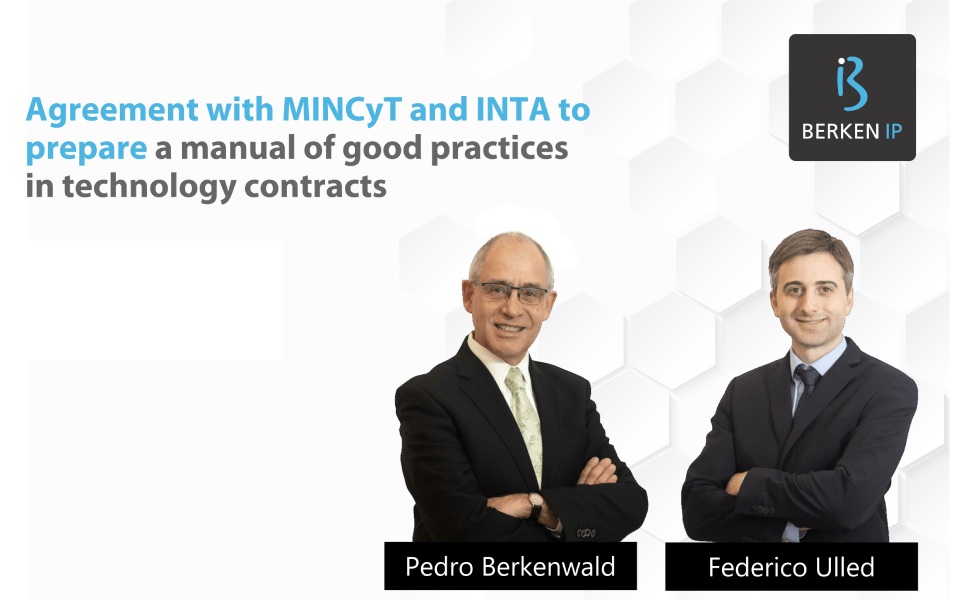
Agreement with MINCyT and INTA to prepare a manual of good practices in technology contracts
We were selected by the Ministry of Science, Technology, and Innovation to collaborate with the National Institute for Agricultural Technology (INTA) in the development of a best practices manual on drafting and negotiation of technology transfer contracts in the fields of agriculture, health, and Information Technology.
The manual aims to foster, harmonize, and elevate the standards in research, development, negotiation, and technology transfer capabilities at a national level between the institutions that make up the National System of Science, Technology, and Innovation (SNCTI) and the private sector.
Team members include:
Adolfo Luis Cerioni
Pedro Berkenwald
Federico Ulled
Germán Alejandro Linzer
Marcelo Labarta
Ezequiel Paulucci
Laura Cerioni
Gabriela Sofía Risso
Federico Cetrángolo
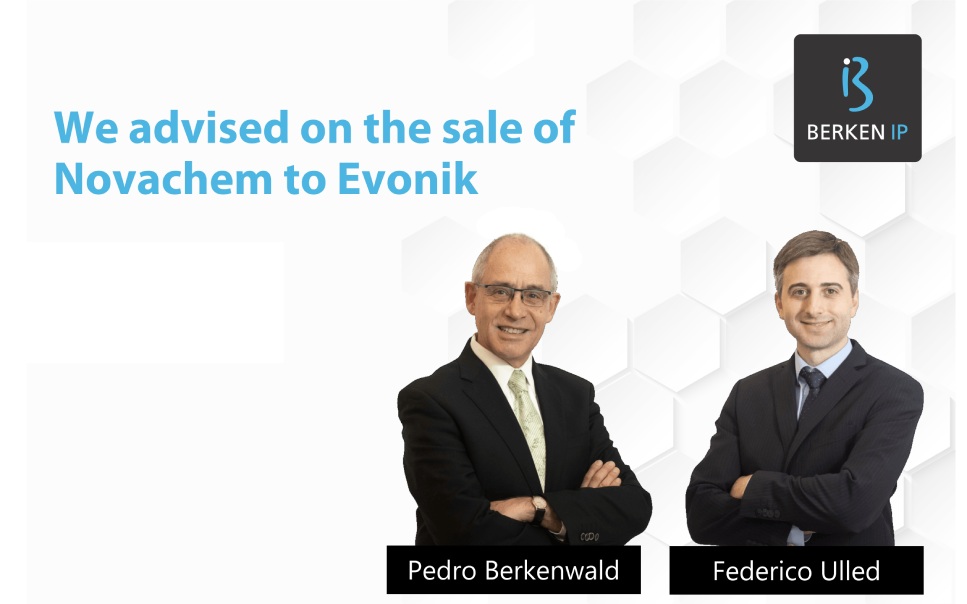
We advised Novachem’s partners in the sale of the company to Evonik
Novachem is a company that researches, develops and commercializes biotechnological, natural and sustainable active ingredients for the cosmetics industry. Buyer´s attorneys: Perez Alati, Grondona, Benites & Arntsen (P. Eugenio Aramburu y Nicolás del Campo Wilson) Guarantee Trust Trustee: TMF Group (Felipe Couyoumdjian) Trustee´s attorneys: Marval O’Farrell Mairal (Roberto Silva y Martín Lanús) Seller´s financial advisors: B.A.M&A Corporate Finance (Norbert Dreyer y Mario Bacman)
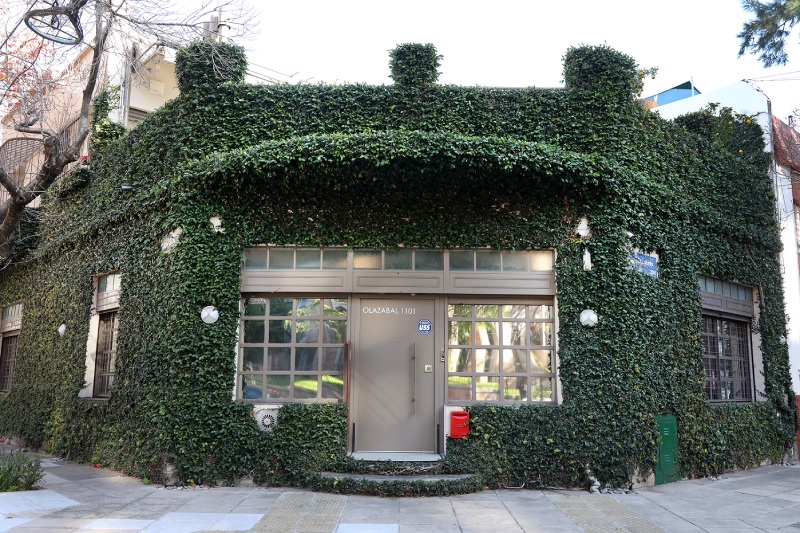
We’ve moved!
New address: Av. Olazábal 1101, (C1428DGC) Buenos Aires, Argentina
With great enthusiasm we share pictures of our new office. Modern, bright, and with an open space to promote creativity and teamwork.
We are also happy to be close to the future “Innovation Park”, a technology district that will bring together the main universities and innovative companies.


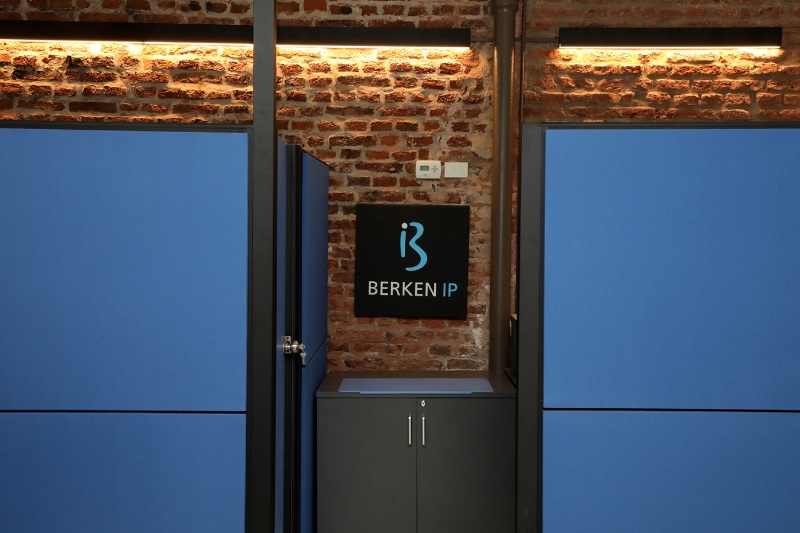
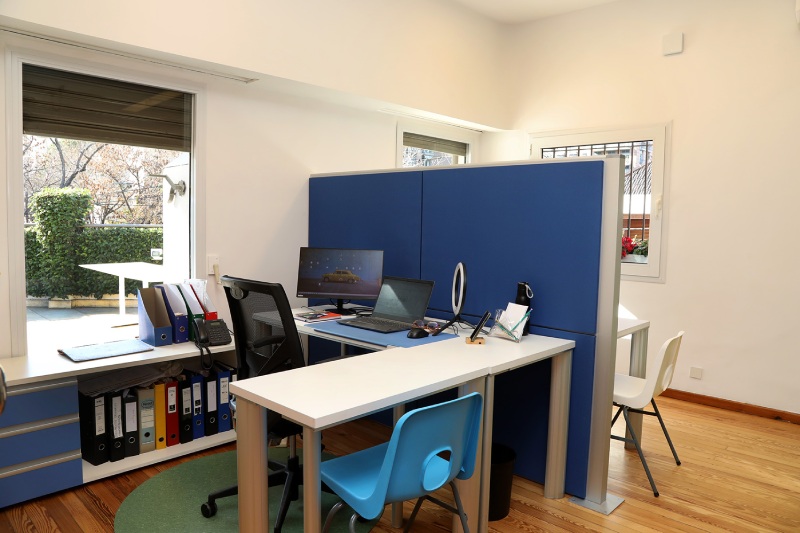

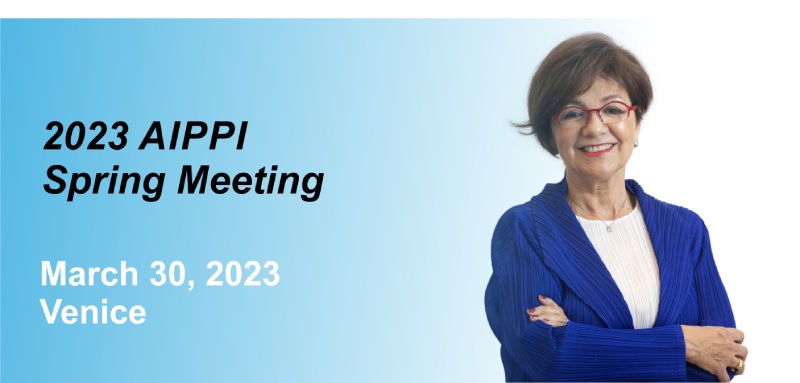
Alicia Alvarez-Berkenwald at Venice
Managing Partner Alicia Alvarez-Berkenwald is already in Venice to attend the first edition of the AIPPI Spring Meeting.
Looking forward to seeing friends and colleagues in this wonderful setting!
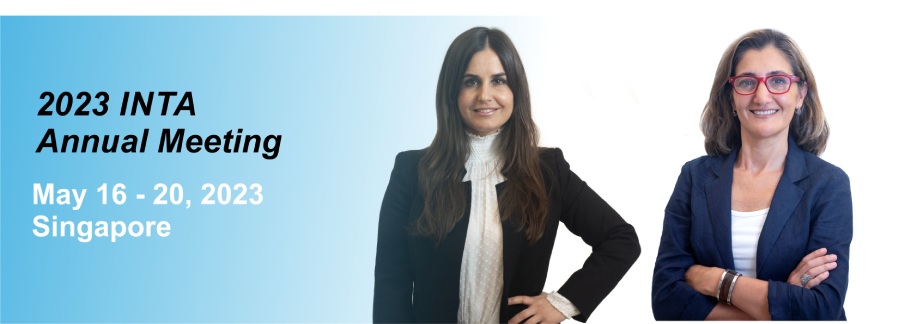
Already registered to attend the 2023 INTA Annual Meeting in Singapore?
If so, our Partners Lucía Scarpati, Vice Chair of INTA´s Brands and Innovation Committee, and María Aurora García, member of INTA’s Brands for a Better Society Committee, will be delighted to meet up with you at the conference.
To schedule a meeting with them, please contact us at [email protected].
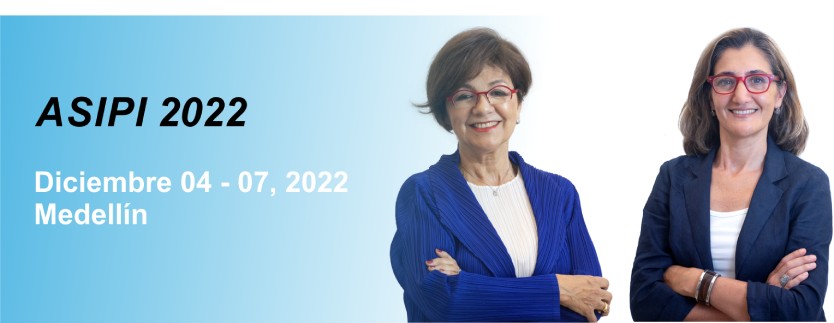
ASIPI Meeting 2022
Our Partners Alicia Alvarez Berkenwald and María Aurora García will participate in ASIPI’s XXIII Jornadas de Trabajo y Consejo de Administración that will take place in Medellín on December 04 to 07, 2022.
“The city of eternal spring” and cradle of innovation, is the ideal setting to meet up with friends and colleagues.
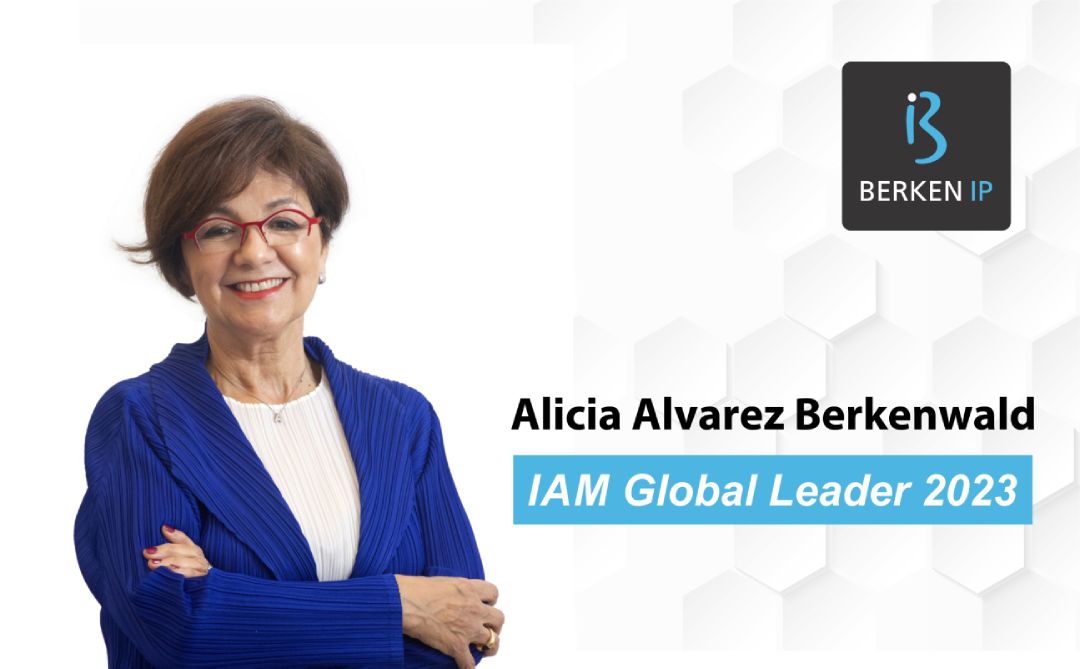
Alicia Alvarez-Berkenwald listed in IAM Global Leaders 2023
She did it again! Managing Partner Alicia Alvarez-Berkenwald has been listed for a third consecutive year as a leading global patent practitioner in the 2023 IAM Global Leaders Guide launched on November 21, 2022.
Take a look at the full list: https://cutt.ly/FM4McBp
